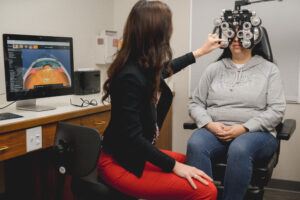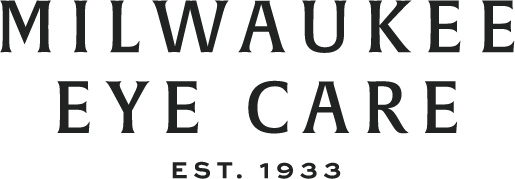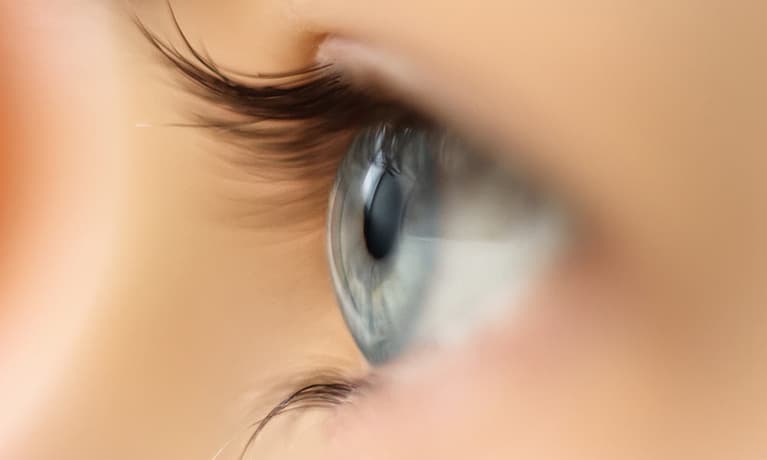With the pandemic forcing many people to convert to working from home, more and more patients have complained about worsening digital eye strain, neck strain, and dry eye from long hours in front of their computer screens. Here are our tips and tricks to combat the common culprits of digital eye strain.
Eye strain
Inside your eye is a small muscle called the ciliary muscle. Upon focusing your eyes on a near  target (e.g. reading, computer screen), the ciliary muscle contracts so your eye is focusing on the task. We call this accommodation. If you are working on your computer for 8 hours a day, your ciliary muscle is likely contracting during this entire time. Imagine then, if you were to hold a 10 pound weight 8 hours. Your arm muscles would undoubtedly become weak and tired with constant use. Similarly, the ciliary muscle in your eye becomes tired, and you may experience eye pain, soreness, headache, or blurry vision.
target (e.g. reading, computer screen), the ciliary muscle contracts so your eye is focusing on the task. We call this accommodation. If you are working on your computer for 8 hours a day, your ciliary muscle is likely contracting during this entire time. Imagine then, if you were to hold a 10 pound weight 8 hours. Your arm muscles would undoubtedly become weak and tired with constant use. Similarly, the ciliary muscle in your eye becomes tired, and you may experience eye pain, soreness, headache, or blurry vision.
To help ease this strain on your ciliary muscle, we recommend the “20-20-20 Rule.” Every 20 minutes, look at something 20 feet away for 20 seconds. This allows relaxation of your ciliary muscle.
Proper Correction
To minimize the effects of eyestrain, it is very important to ensure you are wearing proper  refractive correction (glasses or contact lenses). Your eye doctor can measure this with a refraction and dilated eye exam to determine the proper correction your eyes require. This is especially important for hyperopic (or far-sighted) individuals and those with presbyopia (age related accommodation, or ciliary muscle, weakness).
refractive correction (glasses or contact lenses). Your eye doctor can measure this with a refraction and dilated eye exam to determine the proper correction your eyes require. This is especially important for hyperopic (or far-sighted) individuals and those with presbyopia (age related accommodation, or ciliary muscle, weakness).
Just as important is the type of correction you wear at the computer. If you are prone to dry eyes, avoid contact lenses which exacerbate dry eyes. If you are presbyopic and require separate reading glasses or bifocal lenses, consider computer glasses instead. Wearing a bifocal at the computer may cause the wearer to tilt their head back to see through the bottom portion of the lens, contributing to neck strain. The bifocal reading power may be too strong for the intermediate working distance (approx 25 inches) used by many at the computer. A separate pair of glasses optimized for your working distance at the computer can ease these problems.
Dry Eyes
Extended computer use may lead to dry eyes because it reduces your blink rate 50% when focusing on a screen. This causes your tear film to evaporate and dry eye symptoms follow, such as eye pain, scratchiness, blurry vision, and fatigue. We recommend the regular use of artificial tears to ease these symptoms.
What about blue light glasses?
Large amounts of blue light and UV light from the sun have shown an increase in eye disease. However, blue light from your computer or digital device occurs in smaller amounts and hasn’t proved to be harmful for your eyes. Thus, there is no adequate evidence to support the regular use of blue light blocking glasses for the computer.
Whether working from the home or the office, prolonged computer use may take its toll on your eyes. Following these tips with guidance from your regular eye doctor,will help ensure your success.

Written by Mackenzie Sward, M.D.










